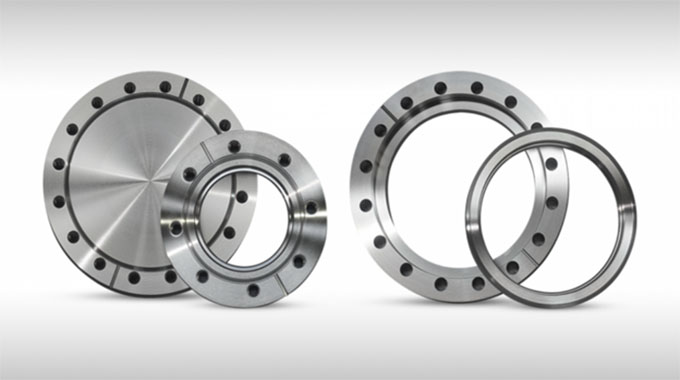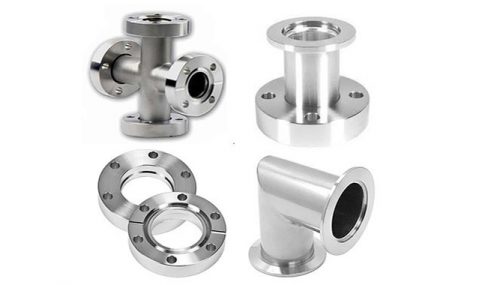Some of us are not aware that our homes were built with complicated pipes since these are usually hidden so we don’t even know where or how water and gas flow. Most of the time, we are only concerned with the layout of the house and HVAC system but you should be aware that as homeowners, you have to understand everything about your property. Sooner or later, problems might arise or there could be renovation plans in the future so it would be great to know about the piping system as well.
Let’s assume that your house is quite old or you are having some issues with the HVAC system which means that you should have asked for experts to check out the high vacuum fittings on the pipes. These are things that are beyond our control and we don’t have sufficient knowledge on such matters so we can only learn that something went wrong once inspected. Without the help of these experts, a more serious problem may one day occur so I suggest the connections must be checked.
We may not know what these flanges or fittings are for but I believe that there must be reasons or purposes why they are needed in improving the quality of your home’s overall function. Water, air, or gas passes through connected pipes and we may not be aware that fittings help a lot in the operation so that leaks can be prevented. That is the primary purpose because these tubes don’t always follow a straight line, there are intersections and connecting points as well so let’s learn more about these flanges.
Ultra High Vacuum Flanges
These are pieces of stuff used in connecting a variety of components. At home, for example, you have pipes for water, cables, gas, drainage, vacuum chambers, tubes, and pumps as well.
Let’s say that the fittings will help them keep assembled. With this, you can reduce your system’s downtime. However, this must be done by experts in this field so I suggest you hire one when need such services.
But keep in mind that these come in various types, depending on where and how they will be used. They are designed in different sizes as well as the mechanism on how they will be assembled. Therefore, allow the experts to identify which standard type is needed for your home repair or maintenance, especially when it comes to the brand or manufacturer that they prefer – read more from https://en.wikipedia.org/wiki/Vacuum_flange for added info.
Klein Flansche
These are ISO standards that are known for fast-release flanges. They are also called NW as well as DN.
The KF, which is used by ISO, Pneurop, and DIN has a surface that rests against an O-ring. They are contained and fastened in place using a round clamp with a metal ring. The diameter size of the KF series spans from 10mm – 50mm but other Renard sizes, such as 10, 20, and 32mm are uncommon.
They offer flexibility because they can use clamps from different KF standard diameters. As a result, KF flanges of various sizes can be connected using the same clamp and an adaptor.
ISO
The LF, LFB, or MF are further names for the ISO long flange. This standard makes use of a centering ring and clamp as well as an elastomeric O-ring. Larger O-rings are secured in place during mounting using a supplementary spring-loaded rounded clamp. These are bigger than KF and used in supporting tube diameters ranging from 63 – 500mm.
There are two primary types of ISOs. The first has double-claw clamps that utilize a groove and is known as the K or LF. The second type, F or LFB secures connection using bolts and holes. However, these two types can be linked together using bolts for the F side and single-claw clamps for the K side.

CF or Conflat
In Europe as well as Asia, CF is available in sizes ranging from 10 – 250mm and is utilized for ultra-high vacuum sealing. It comes in any size between 1 and 16.5 inches in North America. Anyway, click here to try various conversions.
This uses a knife-edge flange with copper gaskets of high thermal conductivity without oxygen to make airtight sealing. Due to the metal gasket’s ability to bend the flange’s cutting edge, metal-to-metal sealing is significantly stronger than any type of seal. This offers a working pressure range down to 10-13 mbar.

